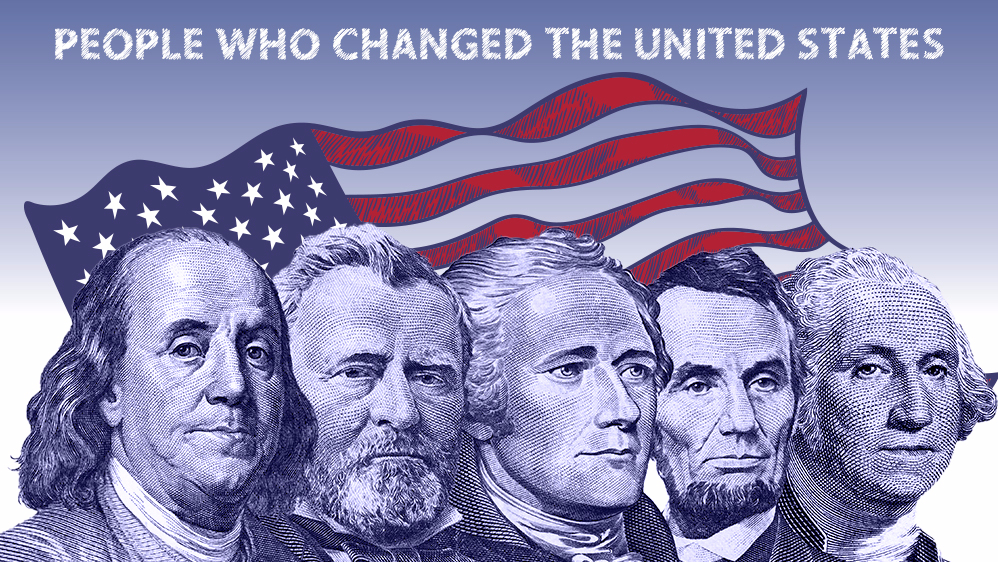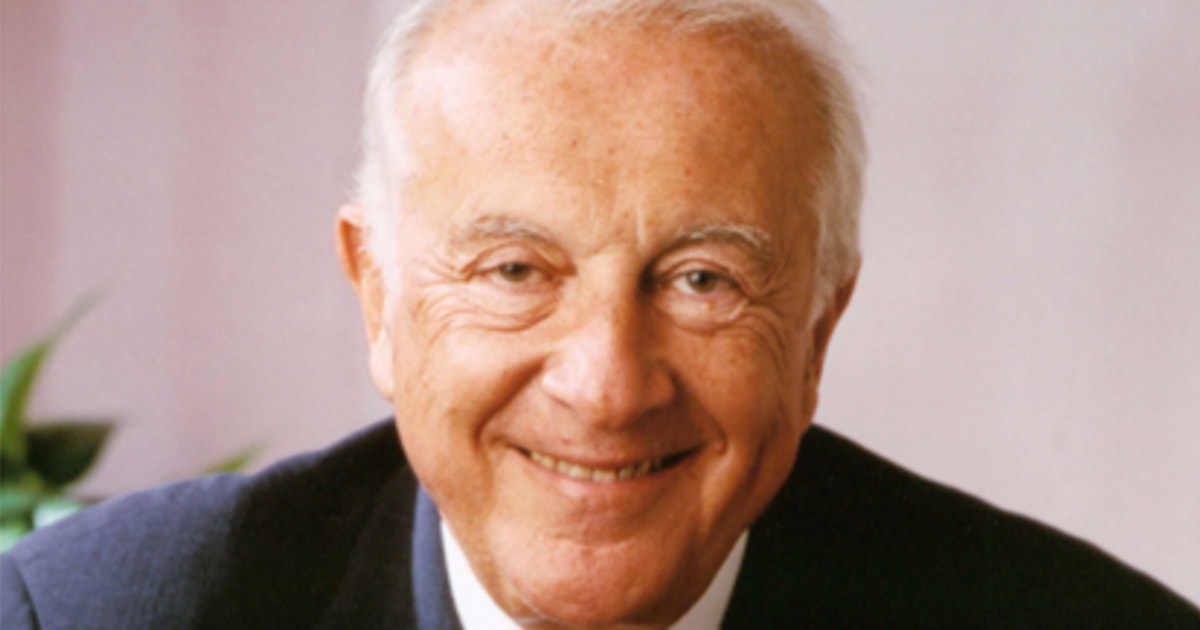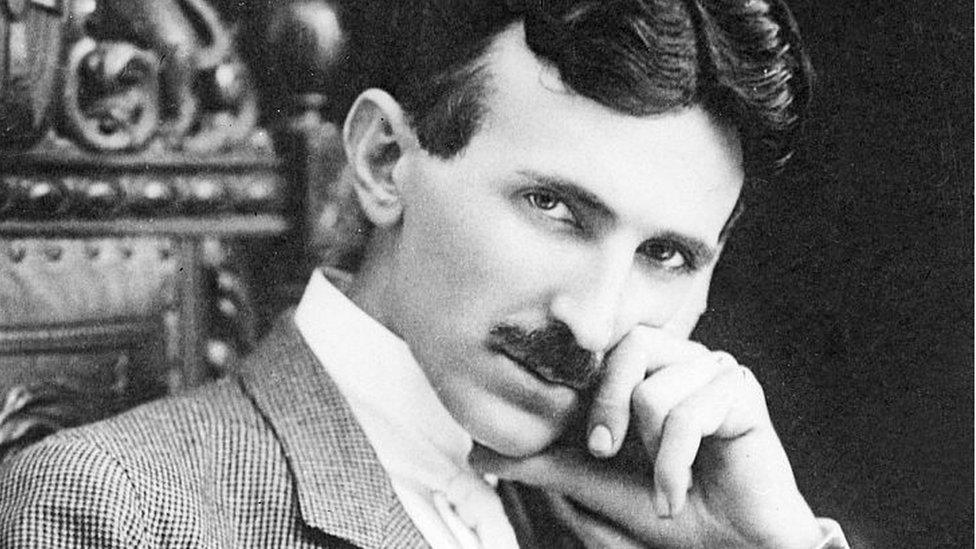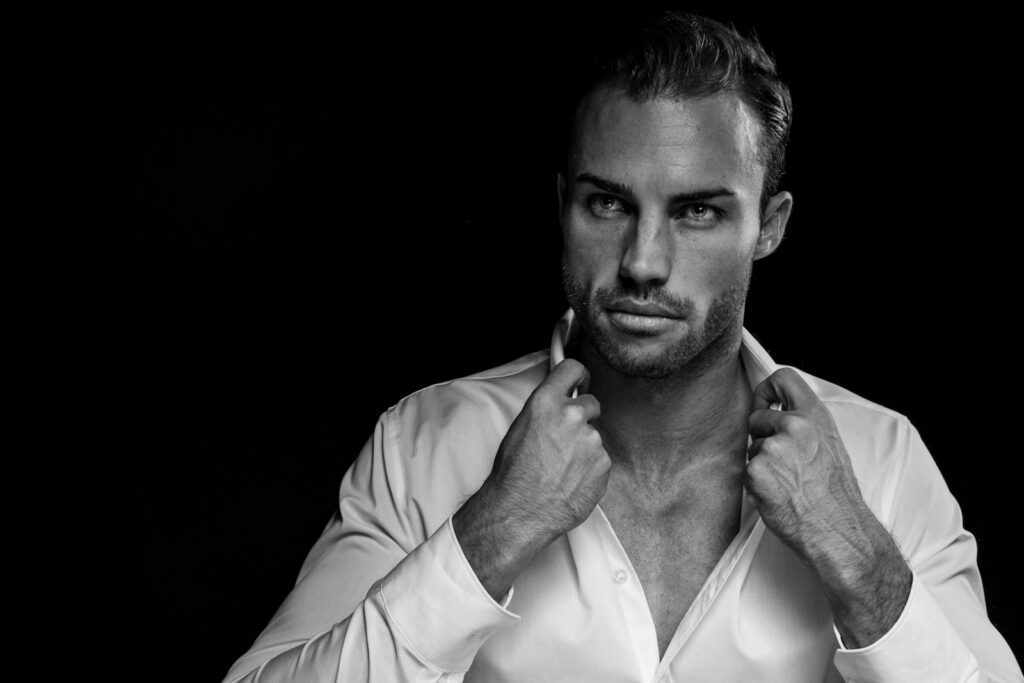
The annals of history are replete with tales of visionaries, daring thinkers, and bold truth-tellers who, in their own time, were often met with skepticism, ridicule, or outright condemnation. It seems to be an unfortunate human tendency to resist ideas that challenge deeply ingrained beliefs or confront uncomfortable truths. Yet, as time unfolds its relentless march, a fascinating pattern emerges: many of these so-called “crazy” individuals were, in fact, remarkably prescient, their insights eventually validated by the unyielding hand of progress and discovery, shifting our collective understanding of the world.
The world, with its myriad opinions, diverse interests, and unique personalities, can be a complex arena where differences often spark conflict and misunderstanding. Throughout human history, countless individuals have courageously stood against dominant organizations, defied pervasive stereotypes, or bravely unveiled hidden truths, only to face severe judgment and social isolation for their convictions. Some of these brave souls, more than others, captured public attention, and it is their remarkable journeys of vindication that truly captivate us now, proving that foresight can often be mistaken for folly.
In this deep dive, we celebrate the remarkable foresight and unwavering resolve of six such historical figures, those who dared to see beyond the conventional wisdom of their eras and faced an uphill battle for acceptance. Their stories remind us that true innovation, profound understanding, and moral courage often spring from minds willing to challenge the status quo, even when it means standing alone against a chorus of disbelief and mockery. Prepare to be inspired by these pioneers whose seemingly outlandish ideas ultimately proved to be profoundly correct, shaping our present and illuminating the paths we now take for granted.

1. **Dr. Atkins: The Dietary Maverick Vindicated** When Dr. Atkins published his pioneering book, “The New Diet Revolution,” he swiftly garnered a significant following who embraced his nutritional guidance. Simultaneously, his work attracted considerable scorn and ridicule from large segments of the public. His central assertion—that refined sugars, flour, and starch profoundly boost the glycemic index, leading the body to store fat—was widely dismissed as outlandish, challenging prevailing dietary wisdom that often focused more on fat as the primary health culprit.
The skepticism was so intense that when Dr. Atkins passed away, many cynically speculated his death was a direct consequence of his own dietary principles. Despite the ridicule, particularly regarding keto-acidosis, his controversial insights inadvertently became foundational for later prominent diet trends. Diets like “The Zone Diet,” “The Caveman Diet,” and “The Paleo Diet” all explicitly drew inspiration from his pioneering research, ultimately reinforcing his fundamental principles. His initially “crazy” ideas were eventually proven correct, solidifying his legacy as a dietary revolutionary.

2. **Sinead O’Connor: A Prophet of Truth in a Storm of Silence** In 1992, Sinead O’Connor famously tore up a picture of Pope John Paul II on live television, delivering an unequivocal message highlighting her anger over alleged child abuse within the Catholic Church. This powerful act sparked immediate and intense global controversy, positioning her as a figure unwilling to compromise on principle. Her protest shocked audiences and challenged the sacred image of a revered institution.
The immediate public reaction was overwhelmingly negative. Crowds jeered and mocked the singer, and prominent celebrities like Madonna and Frank Sinatra publicly belittled her stance. She faced severe, relentless condemnation, effectively becoming an outcast. This widespread vilification underscored the profound resistance to confronting such an uncomfortable truth at the time, particularly from such a powerful and traditionally unquestioned institution.
Yet, history inexorably unfolded to prove Sinead’s seemingly outrageous assumptions tragically and undeniably correct. Years after her protest, a horrifying truth emerged: widespread child abuse had indeed taken place within the Catholic Church, originating from the 1960s, a dark secret only fully exposed in 2011. This belated revelation confirmed the profound accuracy of Sinead’s early allegations, validating her controversial protest and transforming her from a vilified figure into a prophetic voice who dared to speak truth to power.

3. **Stanislav Petrov: The Man Who Saved the World by Daring to Disobey** In the tense year of 1983, Stanislav Petrov, a lieutenant colonel in the Soviet Air Defense Forces, found himself in a crucible of decision-making that would earn him the profound moniker, “the man who saved the world from nuclear war.” His actions during a critical moment highlighted the incredibly thin line between global catastrophe and an extraordinary act of common sense and personal judgment. The world literally hung in the balance based on his instincts.
Despite receiving explicit and stringent instructions from Soviet military protocols, Stanislav made an extraordinary, almost unthinkable, decision: he consciously disobeyed those commands. A Soviet satellite system reported multiple inbound intercontinental ballistic missiles from the United States, triggering an alarm that, under standing orders, demanded an immediate retaliatory strike. Petrov, however, suspected a false alarm, reasoning that a true first strike would involve hundreds of missiles, not just a few.
His crewmates, witnessing his controversial defiance of established protocols, must have undoubtedly viewed his actions as sheer madness. Yet, it was precisely this audacious disregard for direct orders, based on his intuition and logical assessment, that prevented what could have been a devastating nuclear war. Stanislav Petrov’s incredible judgment under unimaginable pressure, and his willingness to trust his instincts over automated systems, stands as a chilling testament to the power of human discretion, ultimately vindicating his seemingly “crazy” decision.

4. **Rose McGowan: The Unyielding Voice Before the Movement** Long before the powerful #MeToo movement brought widespread awareness to sexual harassment and abuse in Hollywood, Rose McGowan was a solitary, courageous voice speaking out against Harvey Weinstein. While #MeToo later empowered countless women to come forward with a united front, Rose had taken her stand years prior, enduring immense professional and personal ostracism as a direct consequence of her truth-telling. Her early accusations were met with silence and professional ruin.
The actress was severely blacklisted within the entertainment industry after accusing Harvey Weinstein of rape, a charge she steadfastly maintained for two long decades. Despite the professional ruin and social isolation she faced, her resolve remained unbroken as she continued to speak her truth to an often-unresponsive world. Her career was decimated, and her reputation was frequently attacked, yet she never wavered.
Her allegations, though initially met with a deafening silence and punitive consequences, were finally corroborated as a horrifying and pervasive truth only when the #MeToo movement gained significant momentum and a critical mass of survivors came forward. Rose McGowan’s long-held story, once dismissed as fabrication, was ultimately founded on grim reality, confirming her incredible courage and foresight. She stood as a beacon of truth, shining a light into Hollywood’s darkest corners long before the wider world was prepared to see it.

5. **Nikola Tesla: The Unrecognized Genius of Electrical Innovation** In the popular narrative of invention, Thomas Edison is often singularly credited as the genius behind the practical lightbulb, celebrated for his relentless experimentation. However, the brilliant Nikola Tesla, a formidable and often overshadowed rival, is now increasingly recognized for conceptualizing many groundbreaking ideas in electricity and engineering, often entirely within his mind. The two inventors were locked in a fierce rivalry over the future of electrical technology, specifically the debate between alternating current (AC) and direct current (DC) systems.
Despite his profound conceptual contributions and numerous revolutionary patents, Nikola Tesla frequently remained in the long shadow of the more famous and commercially astute Thomas Edison. Tesla’s visionary ideas, which included wireless communication, remote control, and even concepts related to radar, were often dismissed as fantastical or impractical during his lifetime, hindering his financial success and broader public recognition. His genius, though immense, was often overlooked or misunderstood by his contemporaries.
His poignant final words offer a deeply melancholic glimpse into his personal struggle and a profound sense of injustice. As he lamented, “All these years that I had spent in the service of mankind brought me nothing but insults and humiliation.” This powerful statement perfectly encapsulates the profound disparity between his transformative contributions and the personal suffering he endured, ultimately positioning him as a genius ahead of his time, whose “crazy” ideas eventually reshaped the world.

6. **Dr. Willem Kolff: The Architect of Life-Saving Dialysis** In modern medicine, conditions like diabetes and kidney disease are prevalent, and while dialysis is an inconvenience, it stands as an incredibly effective and often life-saving solution for kidney failure. The visionary mind behind this transformative medical procedure was Dr. Willem Kolff, who audaciously proposed that a machine could effectively replicate the vital blood-filtering function of the human kidneys. This was a truly radical concept when medical technology was far from its current advanced state, and the idea of an artificial organ seemed like science fiction.
Dr. Kolff commenced his pioneering work during the tumultuous years of World War II, a period marked by severe resource limitations. He was forced to improvise with remarkable ingenuity, relying on basic and unconventional materials, including orange juice cans, sausage skins, and even repurposed parts from a washing machine, all integrated to construct his rudimentary blood-cleaning apparatus. His early experiments were fraught with peril, as he sought to perfect a procedure that was literally a matter of life and death for his patients.
As one might imagine, many of his initial patients tragically succumbed before he could sufficiently refine the process. These early, heartbreaking failures were a difficult but necessary part of his iterative design process. Yet, through extraordinary perseverance, unwavering dedication, and brilliant ingenuity, he eventually ironed out the critical kinks and significantly streamlined the procedure, paving the way for countless lives to be saved. Dr. Kolff’s “crazy” notion of an artificial kidney, born of necessity and innovation, fundamentally changed the course of treatment for kidney disease.

.jpg)


